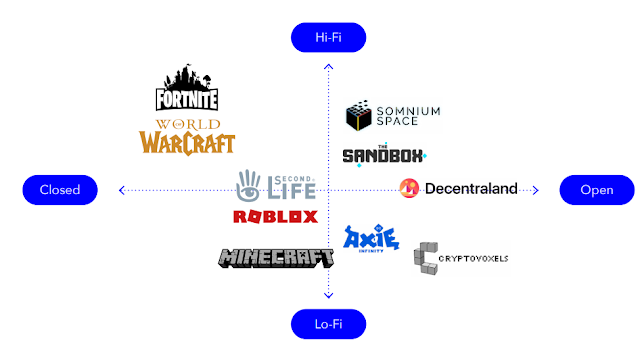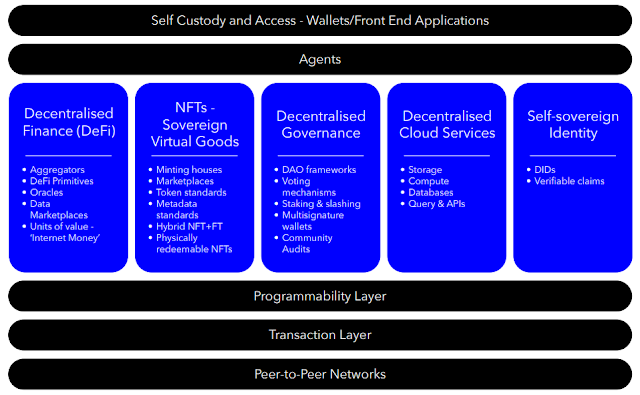Artificial Intelligence and related subjects.
Responsible and Ethical AI: Book project, compliance metrics, actionable planning
(newsletter excerpts)
Many of the ideas are in the implementation phase. I focus on building computing and data infrastructure, algorithms, and hardware-independent systems.
The long-term agenda is to prepare infrastructure for the autonomous completion of tasks on other planets. The ideas are based on soon-to-be-developed heavy lift capabilities with full reusability by SpaceX. There are many unique requirements for systems deployed in very remote locations without the possibility of servicing cyber-physical systems. Most of the applications will be mission-critical and include a wide range of tasks for in-situ propellant production or constructing critical energy infrastructure supporting future crewed missions to Mars or the Moon. Systems that involve robotics, mobile devices, or specialized chemical laboratories require a new approach that includes resilient problem-solving in uncertain or unknown environments.
About me...
AI, Analytics, Learning & Education
Metaverse Platforms
- My journey to the advanced degree in computer science (specialty AI) (under construction)
General outline:
There are technical and philosophical distinctions between visions of metaverses which could be described as “low-fi to hi-fi.
Most platforms, to varying degrees, will allow for User Generated Content like Roblox or Minecraft. However, they will fall under the degree to which the virtual world is generally ‘open.’ Hence, UGC is not essential as a separate dimension when looking to project into the future of the Metaverse.
Metaverse Technical Architecture
Web 3.0 Toolbox
Metaverse, VR, MR, AR Applications
- VR, MR - Use cases: https://www.superworldapp.com/content-hub/20-augmented-reality-and-mixed-reality-use-cases
Metaverse: Key Assets Overview
User persona: the identity and properties of end users, including their name, avatar, ownership of assets, and reputation.
End-user hardware and software: the hardware devices and software through which end users experience the world, including VR / AR headsets, PCs, gaming consoles, and client software.
In-world assets: the assets that exist within the virtual world. Physical (virtual): the space of which the world is composed, such as sections and parcels. The objects that can exist within it, such as buildings, furniture, vehicles, wearables, collectibles, and avatar .
Economics: economic elements of the world including in-world currency, financial instruments, and marketplaces.
Content: content that can be introduced into the world, including media such as images, audio and video, and structured data assets.
World primitives and rules: how does the world work? The model for user identity, ownership, and reputation.
The mechanics and physics of the world.
Can users fly?
Run?
How fast?
Can objects be stacked on top of each other?
Attached to buildings?
Programmability and agents - in what ways can elements of the world be automated - and can autonomous digital agents interact with the world?
Software backend: the backend components that make the world work.
Hardware infrastructure: the hardware on which the backend components of the world run. Servers in the data center, cloud services, networking.
Bridges: ways the world can connect to external systems and environments.
To digital worlds: using shared layers for assets and economics, external programmability via APIs, and teleporting to different virtual environments.
To the physical world: including AR-based activities, such as in Pokemon Go, and digital elements that have a physical counterpart, such as physical redemption for digital assets.
Blockchain and the Metaverse




